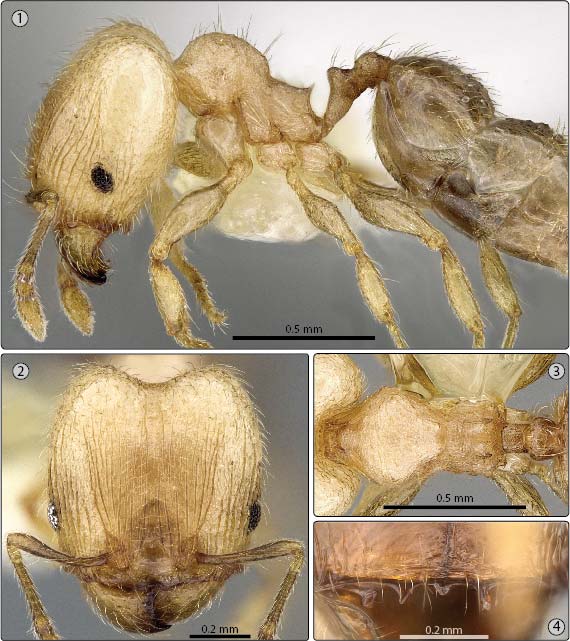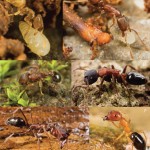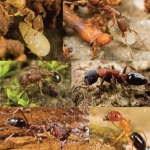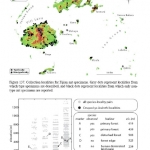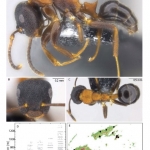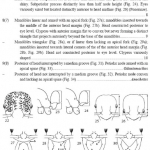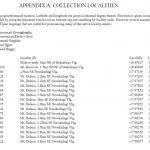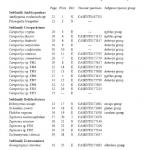http://phys.org/news/2015-12-tramp-ant-caught-globetrotting-false.html
Tramp ant caught globetrotting under false name
December 14, 2015
A century-old mystery surrounding the origin of an invasive ant species was recently solved by an international team of scientists. Since 1893, when it was first discovered as an invasive species in the Canary Islands, entomologists have been debating where this mystery species came from. While some insisted on the Mediterranean, some proposed Arabia and others argued for Africa. The correct answer? Asia.
The authors of the study, published in the open-access journal ZooKeys, solved the taxonomic puzzle by fitting together disparate pieces of evidence. “I was having a terrible time trying to distinguish this one Asian species from the mysterious ant that was coming in on shipments from the Caribbean, Europe and Africa,” says Dr. Eli Sarnat, University of Illinois, about his research at the Smithsonian on tramp ants that were intercepted at US ports.
Tramp ants, many of which are pest species, are spread across the globe by stowing away in the cargo of ships and planes, thus posing rising environmental, food security and public health concerns.
The same day Sarnat was working on the mysterious ant in the Smithsonian, he received an email from Dr. Evan Economo, Okinawa Institute of Science and Technology (OIST). Economo and Dr. Georg Fischer, also affiliated with OIST, had included Madagascar samples of the species in a genetic analysis, and the results unexpectedly placed it within a group of Asian species. The closest genetic match to the enigmatic ant turned out to be the very same Asian species that Sarnat had found in the Smithsonian collection.
The last piece of the riddle was discovered thanks to the painstaking work of Dr. Benoit Guénard. Guénard, a professor at the University of Hong Kong, had spent years mapping the global distributions of every ant species known to science. When he compared the ranges of the mysterious ant with the common Asian species, the two fit together like a jigsaw puzzle.
Evidence gathered from classic taxonomy, modern genetic analysis, and exhaustively researched distribution maps all pointed to the same conclusion.
“What had long been considered two different species—one found across a wide swath of Asia and the other a tramp species spread by humans across Europe, Africa, the Americas and Australia—are actually one single supertramp species,” Economo explained. “It is striking that we had these two continental super-common invaders with almost entirely complementary ranges right under our noses, yet until now no one noticed they were actually the same species,”
More information: Sarnat EM, Fischer G, Guénard B, Economo EP (2015) Introduced Pheidole of the world: taxonomy, biology and distribution. ZooKeys 543: 1-109.DOI: 10.3897/zookeys.543.6050
Read more at: http://phys.org/news/2015-12-tramp-ant-caught-globetrotting-false.html#jCp




